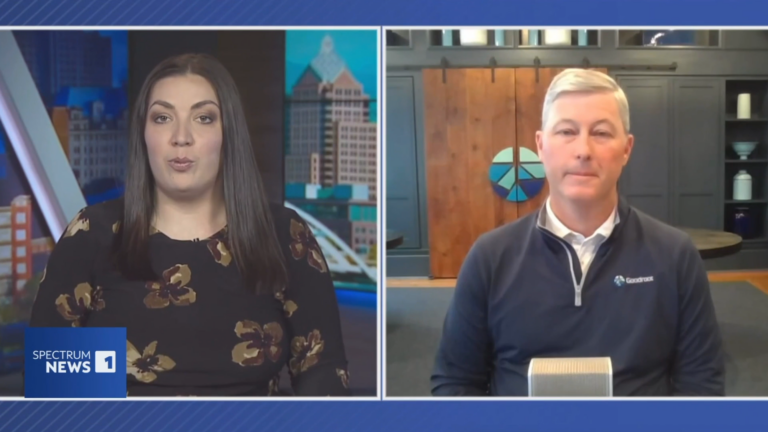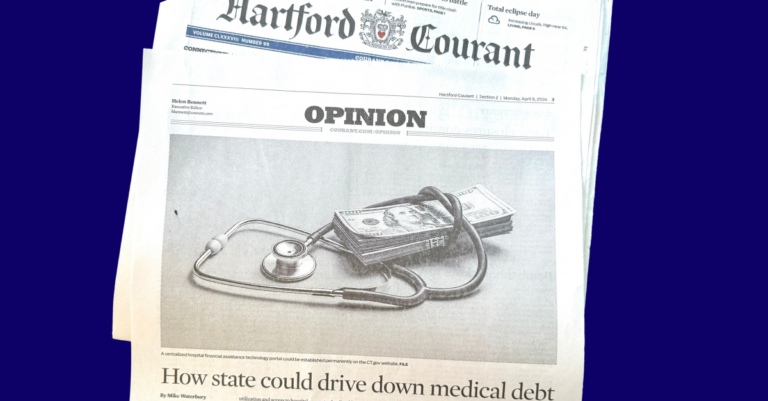Healthcare companies that address this issue head-on will be the leaders of the industry in the future.
See the original article published for Entrepreneur.
Medical debt is the leading cause of bankruptcy in the US and currently affects almost a third of working Americans. Limited in options and filled with desperation, a quarter-million Americans launch campaigns on GoFundMe or solicit community-supported funds to try to cover medical expenses every year.
Clearly, there are opportunities here for healthcare entrepreneurs to create businesses that address these glaring problems and help consumers in this fight.
1. Getting Clear on Benefits
Descriptions of benefits are incredibly long, detailed and tedious. Receiving care from out-of-network providers or facilities is one common circumstance that results in patients becoming burdened with an enormous bill. More than two-thirds of Americans are unaware of when they’re receiving out-of-network care.
The federal No Surprises Act, which goes into effect on January 1, 2022, protects patients from “surprise medical bills” that come from out-of-network providers at in-network hospitals. It’s a good start, but more is needed.
There’s an opportunity here for a company to make all of these scenarios transparent. Imagine if benefits were simplified and easy to understand or, even better, we simply could get the price for a service upfront and pay for it without a third party involved.
2. Predicting Cost
I always encourage anyone undergoing a medical procedure to ask beforehand what it will cost. The provider may not give you a specific amount, but it’s worth the attempt. Corresponding in writing can also give you a stronger case if you have to challenge the bill after the fact.
There are hospitals, like Wooster Community Hospital in Wayne County, Ohio, that are taking the lead in being transparent and providing fair prices to patients. They provide a tool to estimate the cost of care, make their financial assistance plans easy to understand and utilize, and include an explanation of their chargemaster and a price list on their website.
We, as buyers of healthcare, need to start demanding these tools and information for all providers. This will force a change in hospital billing and collection practices.
3. Financial Assistance Plans
Most people are unaware that they may qualify for discounts of up to 70 percent or more at nonprofit hospitals based on financial assistance plans (FAP). Nonprofit hospitals are required to provide substantial discounts to patients who meet certain income requirements, which are higher than you might think. However, most hospitals make it difficult to find the forms, complete the forms and ultimately access the discount. Simplifying FAP presents a major opportunity for entrepreneurs
4. Price Transparency
The Centers for Medicare and Medicaid Services implemented a price transparency rule on January 1, 2021, that requires hospitals to list their prices for commonly used codes with major insurers and for cash-paying patients. Like any regulation, the details are quite complicated and hospitals have interpreted those complexities to their benefit. Others have decided not to comply and simply pay the fairly low fines.
This regulation has created an opportunity for entrepreneurs to collect hospital pricing information, validate it and make it easier to use. Although, given the lack of compliance by the hospitals, we’re only at the beginning stages of making this critical information available to all consumers.
5. Cash Pricing for Patients
There is a growing yet fragmented industry developing simply to provide access to care at an upfront price without relying on a health insurance company. These companies are focused on ambulatory surgery centers that can provide access to surgeries at better prices and quality than many hospitals, high-cost drugs often sourced from other countries, diagnostic services and FAP programs.
This area will continue to evolve. Entrepreneurs should develop a cash network for all medical services, which already exists for generic drugs. The end goal of this type of business is to eliminate the need for health plans altogether and substantially reduce the cost of healthcare while making it easier for hospitals and physicians to get paid.
6. Billing (in)accuracy
By some estimates, 80 percent of medical bills contain errors. That’s an astounding statistic that should make everyone skeptical of every bill they receive. Insurance companies have auditors who correct bills to bring their costs down. Patients are on their own.
It’s critical to have corrections made soon after the bill is issued. If it goes to collections, it may be too late. You can often settle with collections for 10 percent of the total bill, but there’s a chance your bill should have been 90 percent lower anyway.
It seems like there should be a market for independent auditors of consumer medical bills. Large healthcare payer organizations wouldn’t dream of not auditing. Individuals need the same protection, which creates an opportunity in the marketplace.
Back to basics for a better healthcare future
People across the country have their lives upended every day because they received care from an out-of-network provider, do not know FAP programs exist and cannot access a price for a service they are buying. And while patients can hedge their risk of incurring medical debt, it’s up to the healthcare industry to stop it.
There is a tremendous need and a desire among consumers to be protected from medical debt. I would go as far as to say the major players in the industry should be paying to resolve medical debt for patients until they fix the problems with the current system, which results in billions of dollars of profit for them each year.
Ultimately, we have to get back to focusing on the core function of each player and solving these issues by reinventing healthcare one system at a time. Hospitals exist to care for people. Part of that care should include not leaving their patients in financial ruin. We need to prioritize the patient and simplify the process.
Insurance companies have one job, which is to cover the costs of care when someone gets sick. Medical debt isn’t someone else’s problem. It’s our problem, and it’s our responsibility to end it.








